How to take stunning photos without expensive equipment
Cheap photography doesn't have to be "bad" photography. Taking stunning photos doesn't require expensive equipment.
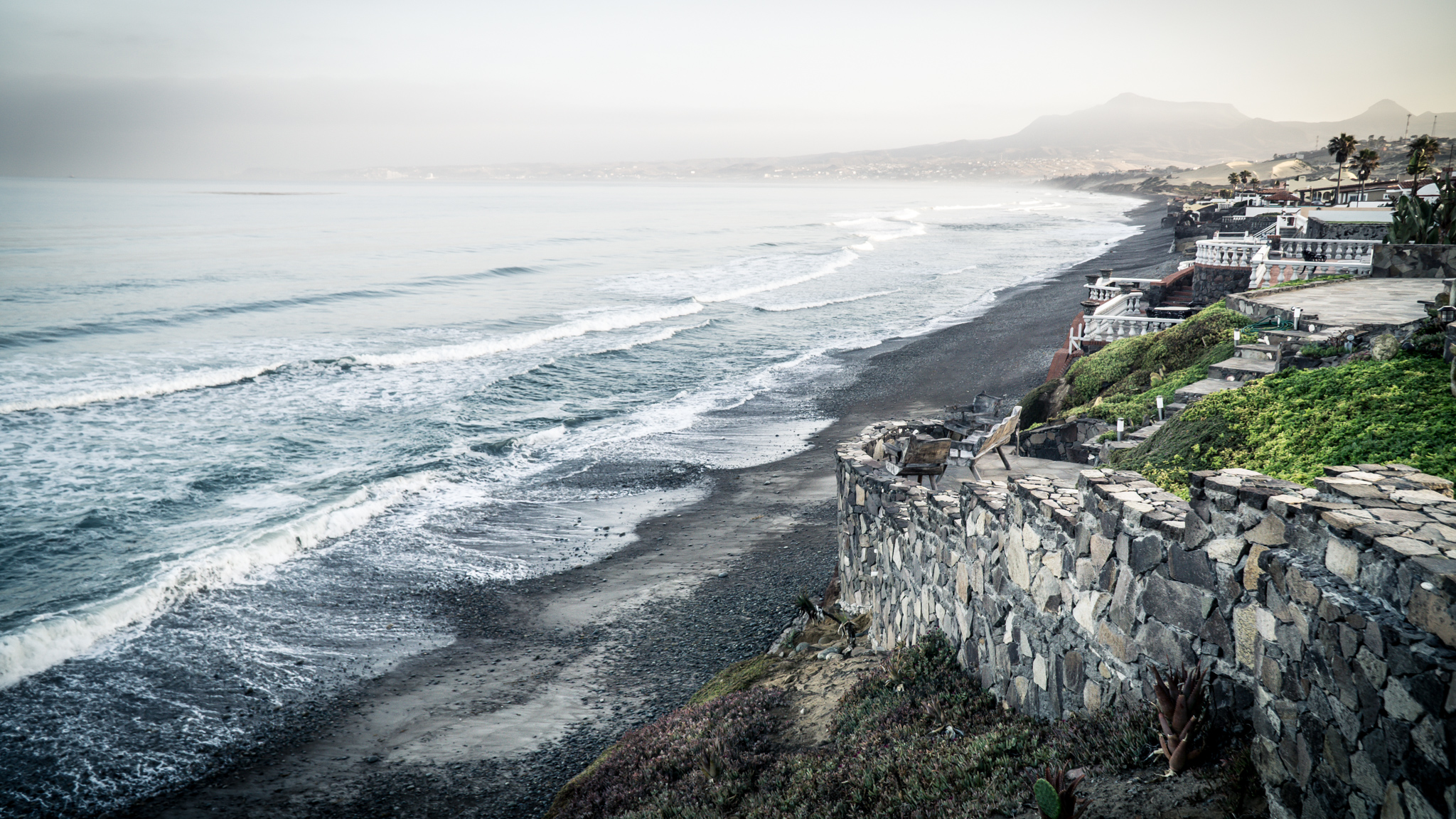
Taking stunning photos doesn't require expensive equipment. On a reader's request, this article describes my very simple process of making kick-ass photographs without spending stupid money on equipment that won't do a thing to improve my photography.
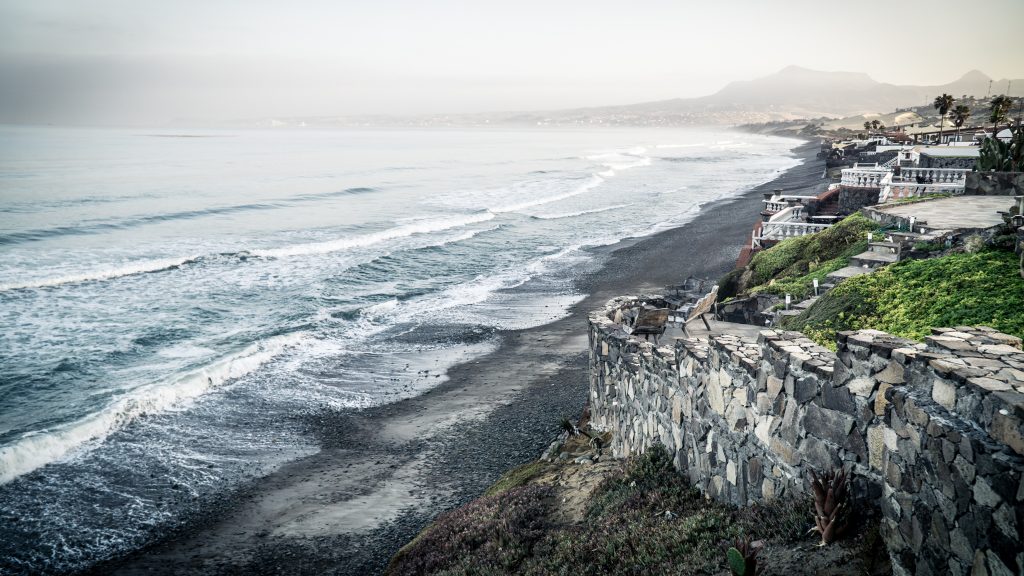
Here's the key: In my view, the best camera system is whatever one that you feel the most comfortable using. After all, virtually every major camera manufacturer produces high-quality equipment capable of recording stunning images on [digital] film. Nikon, Canon, Sony, Panasonic, Fuji, Olympus – for the most part, it just doesn’t matter. They all make wonderful equipment.
But, there is a lot more that goes into photography than the camera. The camera is the tool, but the photographer is the one who presses the shutter button and takes the shot. It's the photographer who decides when to snap the shutter and expose the [digital] film to the scene.
My photography equipment
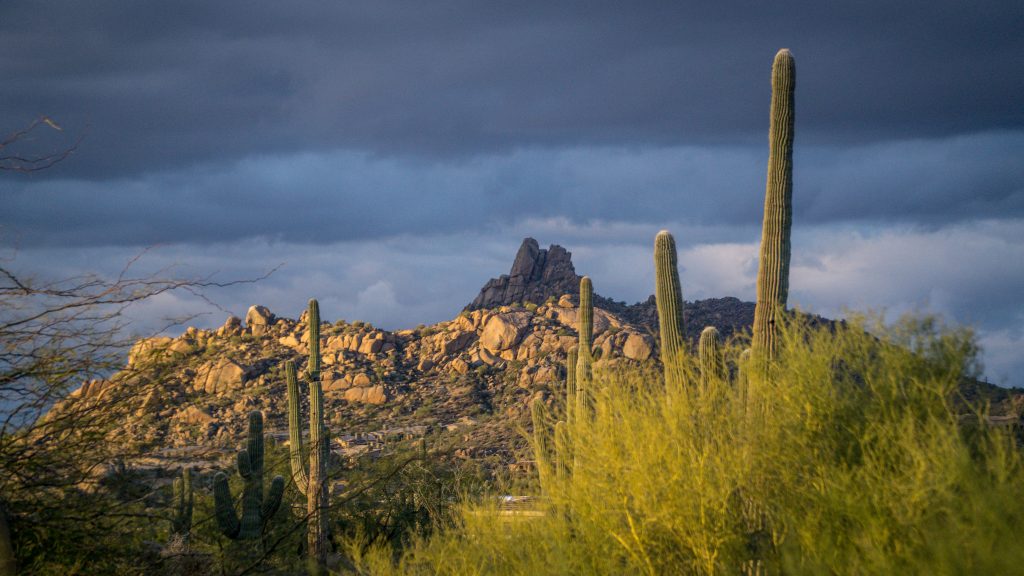
I used to use expensive photography equipment. I fell into the trap by believing that a $2,000 camera is what I needed to get good results. Sadly, it wasn't. It's not the money that you spend. It's your eye.
Here's my complete list of equipment and software I use for photography and videography. Please note that some of these links are affiliate links.
Table 1: My photography equipment
The camera that I use is less than $400, new, through Amazon. The lens, in fact, is more expensive than the camera. Lenses are more important than cameras.
Tricks of the photo-making trade
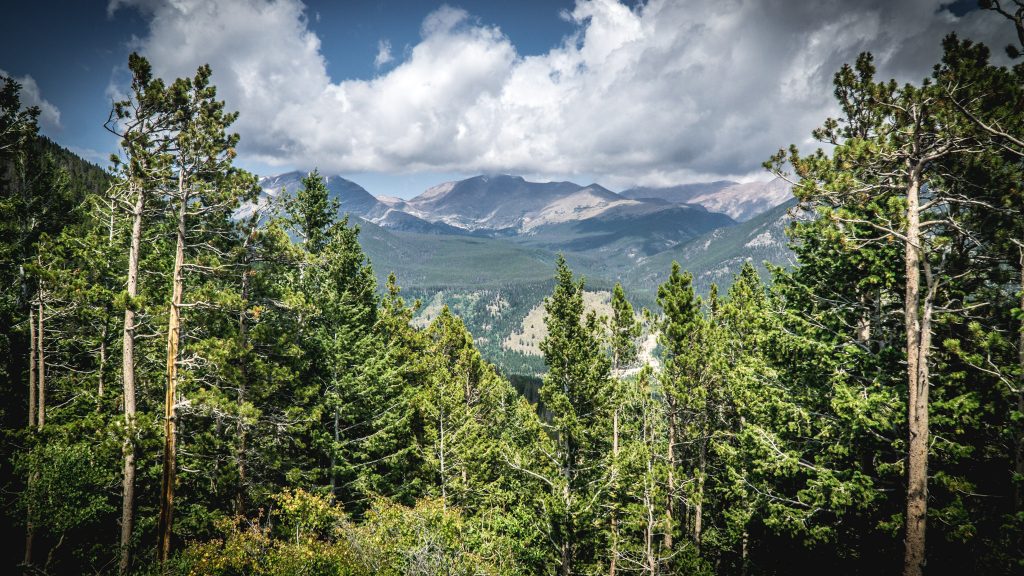
Before we get into the nuts and bolts of choosing a camera, a few items worth mentioning.
Lenses are almost always more important than the camera. You will get better results with a higher quality lens on a cheaper camera body than a cheaper lens on an expensive camera.
The wider the lens's aperture (smaller f-stop number), the more flexible the lens will be. For example, an f/2.8 lens will allow in more light than an f/4 lens. More light means the lens can be used in a wider array of photographic situations. These lenses also tend to be more expensive.
Buy used whenever you can. However, I don't buy off of Craigslist. Instead, I generally use keh.com for most of my used photography needs; I have had good luck buying on eBay, too. I've saved thousands of dollars over the years buying used instead of new.

Don't be afraid to snap that shutter! The more photos you take, the greater the potential for capturing that magazine-quality stunner. Especially when using digital equipment, snap that shutter. Keep making pictures.
You don't "take" pictures; you MAKE pictures. You "make" pictures by using your creative juices to capture those amazing scenes. The lighting. The angles. The post-processing touch-ups. You're making each photograph.
How to choose a camera system
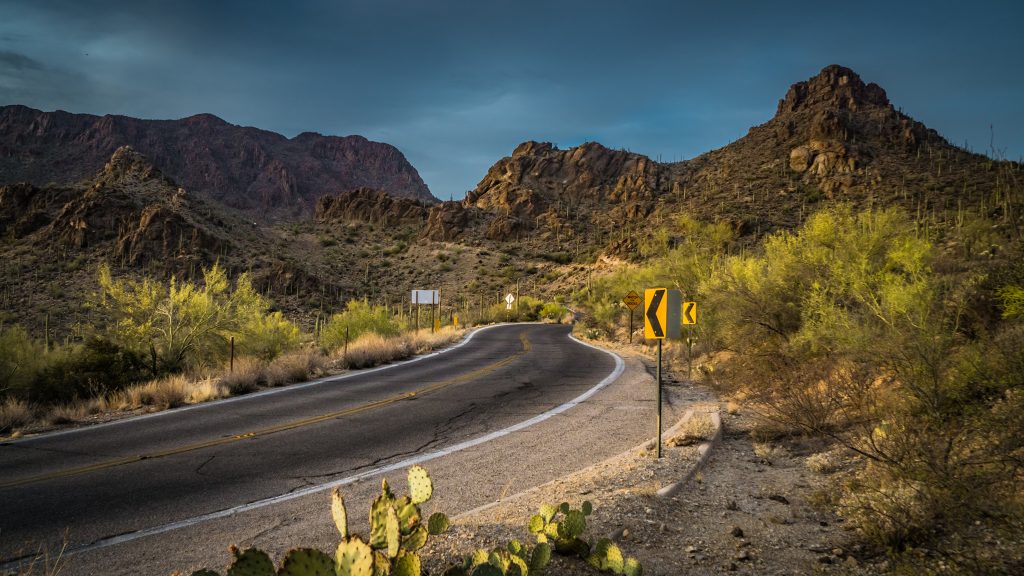
The worst way to choose a camera system is by looking at what everybody else is using. Remember, their needs may not match yours, and a LOT of people aren’t using the capabilities that they paid good money to buy – sometimes because their photo situations don’t call for them, but most of the time, they just don’t know how. Many believe that expensive equipment makes them better photographers.
It doesn't.
Instead, ask yourself a few questions about the style of photography that you intend to shoot, then make a decision that maximizes your dollar spent. Resist the temptation to over buy.
For example:
- Are you okay with switching lenses, or would you rather work with a built-in lens?
- What type of photography do you enjoy the most? For example:
- Abstract
- Landscape
- Macro and nature
- Your kids / dogs / family
- Portraits
- Sports or other fast action
- How much weight are you okay carrying around with you?
- How much money are you looking to spend?
All of these questions (and probably a few more) can help you make the best decision possible.
Oh, a quick note about “formats”: Different types of camera “formats” exist. For example, the digital camera is by far the most popular camera format today because digital cameras are generally cheap enough to afford and they eliminate the time and expense of messing with film. However, 35mm and medium format film cameras exist and are still in use today, especially among “old-school” photographers, magazines or other studio services that need maximum quality out of every shot.
 `
`For the purposes of this article, we will examine digital cameras because they are the most common camera in use today. Digital cameras come in a variety of shapes and sizes. Some digital cameras are SLRs (lenses can be changed but are also bigger in size) while others are point-and-shoot (built-in lenses that are typically zoomable, but much smaller in size). Instead of using film, digital cameras record images on sensors, and these sensors also come in a variety of sizes.
Full frame sensors mimic the traditional 35mm film size. Crop sensors are smaller sensor units than the full frame option but are often cheaper to buy and manufacturer. A detailed look at sensor sizes is well beyond the scope of this post but refer to this well-written GizMag article on sensor sizes for more information.
Photographic situations and scenarios
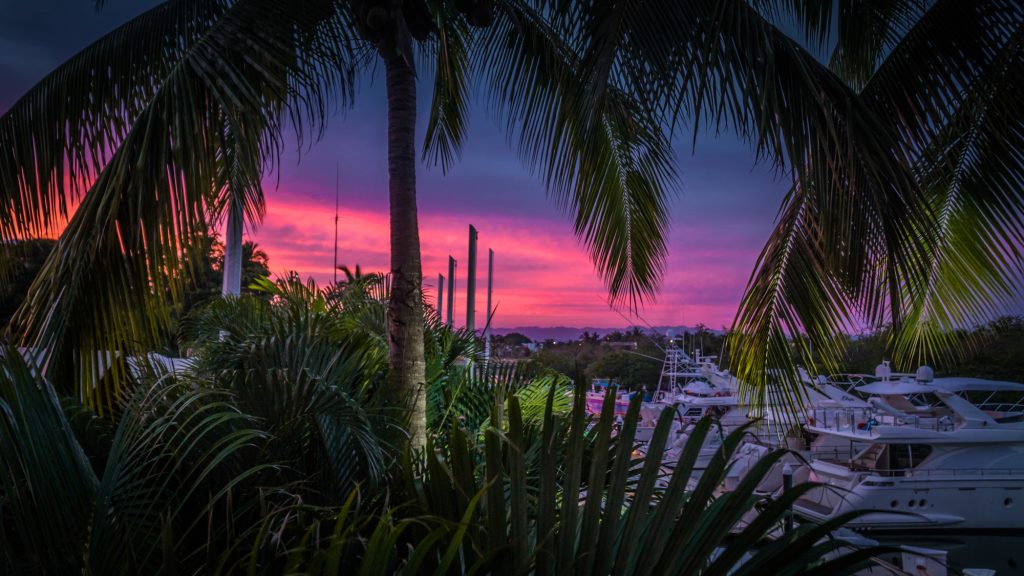
Choosing the right camera system for you depends a lot on how you intend to use your equipment. Let’s take a look at several scenarios of photography and discuss some of the options that are available. This should give you a better idea of your options and the direction that you may wish to head.
Scenario #1: You travel and need to bring your equipment everywhere you go
To most travelers, weight is critically important. Consider a mirrorless digital camera to help reduce the weight and overall bulk of your camera system. Most camera manufacturers offer mirrorless options, like the Sony A6000, Canon EOS M3, Nikon 1 and Panasonic Lumix series.
Panasonic Lumix GH4 digital camera
Mirrorless cameras like the Canon EOS M3 are still fully capable DSLRs with the same sensors, but lack a mirror inside the camera and a traditional through-the-lens viewfinder. Instead, these cameras typically use electronic viewfinders and/or an LCD screen on the back of the camera that displays the “live” scene as it would look on a traditional mirrored camera.
The resulting photograph is just as high quality as a mirrored equivalent, but the lack of a mirror inside the camera makes these camera bodies both smaller and lighter, reducing the equipment footprint substantially. I recently switched from Nikon over to Sony’s mirrorless camera lineup to reduce the footprint of my photo equipment and generally love the new setup. The micro 4/3rds camera system is even smaller than mirrorless cameras, but also contain smaller sensors. In general, the larger the sensor, the better the image quality – especially in low light.
Of course, there are mirrored cameras that are small and lightweight, like point-and-shoot cameras with built-in lenses, but they may not offer the flexibility and image quality that you are looking for. Instead, DSLRs like the Nikon D3300 might be a good compromise between features and overall size of the camera, but remember that your lenses will contribute to your photo footprint.
Scenario #2: You shoot professionally at weddings or other important celebrations
Canon 5d Mark III digital camera
Professional photography situations require getting it right the first time, often under adverse conditions (weather, stress, tempo, etc). You need a dependable and durable camera system that will keep up with you at every turn. While most cameras are capable of producing high-quality imagery, some are more durable than others.
A few quick considerations when the pressure is on to get the best photos possible: What if you get caught in rain – is your camera weather-sealed? Can you easily see the camera’s LCD screen in sunlight? Will the camera allow you to zoom into photos straight on the LCD to inspect sharpness and image quality? Does the camera system support external flash units that can fire in unison when the shutter is snapped?
In this scenario, I wouldn’t worry as much about the manufacturer as much as I would the camera’s individual performance characteristics. Mid-range megapixels (between 16 and 24MP) is typical for weddings, but low light performance might be more critical than, say, whether the manufacturer’s wide angle lens option starts at 12mm instead of 10mm. Often, lighting at weddings is dark, requiring cameras with larger sensors (ie: full frame) to capture more light during each exposure.

Tip: When photographing weddings, low light performance is often critical!
All major camera manufacturers offer full frame digital cameras, like the Nikon D810, Canon 5D and Sony A7r. While full frame digital cameras tend to be more expensive than their crop sensor cousins, the larger sensor delivers better low light performance and maximizes image quality.
Remember that as a professional wedding photographer, you aren’t just walking around taking pictures (okay, maybe your assistant photographer is doing that). Rather, you are setting up and staging photographs. At times, natural lighting will be tough. Focal distance might be compact. Shadows may be dark while highlights bright. Executing your vision requires near expert-level knowledge of whatever camera system you’re using and your photographic situation.
Scenario #3: You want a camera to capture those memorable family moments
You want to be your family’s photographer! While a $6,500 Nikon D5 probably isn’t required to be your family’s official photographer, a cheap camera might not be able to keep up with playing kids or running dogs, either.
As far as I’m concerned, family photography is one step away from a full-blown sports photojournalism. In most families, things are happening – especially during those times when photos are being taken. The kids are white water rafting or playing baseball. Your two-year-old is tearing into a birthday gift amid an explosion of wrapping paper. Your dogs are playing in the dog park.

Sony A6000 digital camera
Whatever the case, chances are people will be moving quickly, and your camera will need to keep up with them, not only in its ability to quickly calculate exposure but also in its focus speed. The last thing you want are blurry kids. Slow cameras WILL miss some of these critical shots.
Tip: Family photography requires fast focusing and focus tracking
Look for cameras that focus quickly and, more importantly, track focus. For example, many cameras on the market – like the Sony A6000 – can track moving faces throughout a scene to keep focus where it matters most. Face recognition is becoming common among today’s digital cameras, and we don’t have to spend a lot of money to get it.
Scenario #4: You want to make a professional documentary with video
The inclusion of video adds an additional element to consider in your camera system. While nearly all digital cameras can record video, not all record at the same quality, and some cameras offer better audio capabilities than others. Audio is very, very important when taking professional, high-quality video!
This means cameras like the Sony A6000 may not be the best choice due to its inability to accept an audio input (ie: an external microphone), while other cameras like the Sony A7s or Canon 5D do. Also, battery life could be a concern with shooting longer video segments, so pay attention to how fast the camera burns through batteries. In studio applications, you may find that plugging your camera directly into A/C power is possible – depending on the camera.
Also, cheaper cameras can overheat when recording continuous video, requiring the camera to be turned off for several minutes to allow it to cool. This can literally destroy your production.
Video quality will be different among digital cameras, so pay attention to the camera’s video recording capabilities, like 1080 vs. 720, or 24fps (frames per second) vs. 60fps vs. something higher. If you want slow motion video, look for cameras capable of capturing video at least at 120fps. In my opinion, the Sony A7S II is one of the best mid-range video cameras on the market, but it also isn’t cheap (around $3k new).
The Nikon D7100 is an impressive low-budget performer in the video category, capable of producing 1080p video at 60p (60 frames per second).
Dedicated video cameras, like the Canon XA-30 pictured above, may be more desirable depending on whether you’d like to reuse the camera for traditional still photography. These cameras are generally more ergonomically designed for video applications rather than both photo and video and are typically equipped with large LCD screens, XLR audio jacks, wide dynamic range, dual memory card slots and other features that videographers need. If video is all you’ll be doing with the camera, consider a dedicated video camera instead of a DSLR with video capabilities.
Fuji X30 Digital Camera
Scenario #5: You just want a basic, “bum-around” camera for anything
If all you are looking for is a basic camera to take a variety of pictures with, then your demands on the camera’s features will probably be quite a bit less. Get something like the Sony A6000, Nikon D3300 or Canon Rebel T5, which are all DSLRs in the $500 price range and offer very good image and video quality for the money. Lens kits are generally available, too, for these cameras (remember, DSLRs accept detachable lenses – they aren’t built-in).
If you want a pocket-sized camera, consider the Sony RX100. It is one of the best point-and-shoot cameras on the market – but sits at a higher price point. For cheaper options, consider the Canon PowerShot G7X or Fujifilm X-30 instead.
I sincerely hope that this helps! How many photographers are out there? Any other words of wisdom about making stunning photographs without spending a ton of money?
Frequently Asked Questions:
What is the importance of lenses in photography?
The article emphasizes that lenses are often more crucial than the camera itself. It explains that higher-quality lenses on a cheaper camera body can yield better results than a cheaper lens on an expensive camera. Readers may want to know more about how lens choice impacts photography.
Where can I buy used photography equipment safely?
The article recommends buying used equipment and mentions platforms like keh.com and eBay. Readers might want more information on how to ensure the safety and reliability of purchasing used camera gear, especially if they are new to the process.
How do I choose a camera system that suits my needs?
The article provides a list of considerations, such as whether one prefers to switch lenses, the type of photography they enjoy, their willingness to carry weight, and budget constraints. Readers might seek additional guidance on making the right decision based on their individual preferences and circumstances.
What features are important for family photography?
The article briefly touches on the importance of fast focusing and focus tracking for family photography. Readers may want more details on specific camera features that are beneficial when capturing dynamic family moments, especially if they are looking to be their family's official photographer.
How does video recording capability vary among digital cameras?
The article mentions the inclusion of video as an additional consideration and briefly discusses factors like audio input, battery life, and video quality. Readers may seek more information on how different cameras perform in terms of video recording capabilities and what specifications to look for.